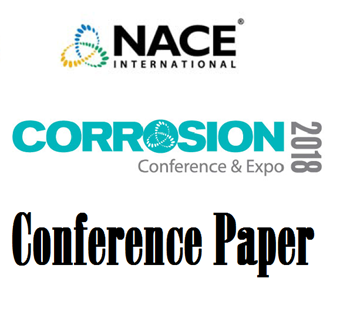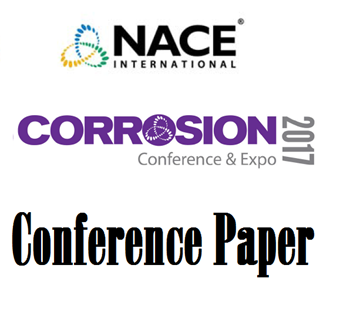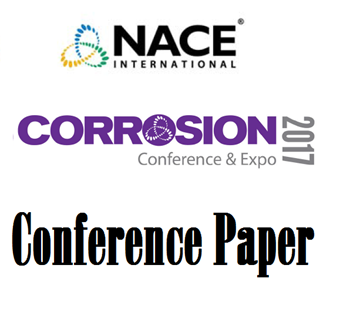Search
51318-11049-CORROSION RISK ASSESSMENT MODEL OF SUBSEA PIPELINES NETWORK
Also Purchased
51318-11152-Risk Based Subsea Inspection Planning and Corrosion Management.
Product Number:
51318-11152-SG
Publication Date:
2018
$20.00
51317--9560-Development of a Probabilistic Framework for Integrity and Risk Assessment of Unpigabble Pipelines
Product Number:
51317--9560-SG
ISBN:
9560 2017 CP
Publication Date:
2017
$20.00
51317--9642-Ageing Subsea Pipelines External Corrosion Management
Product Number:
51317--9642-SG
ISBN:
9642 2017 CP
Publication Date:
2017
$20.00




